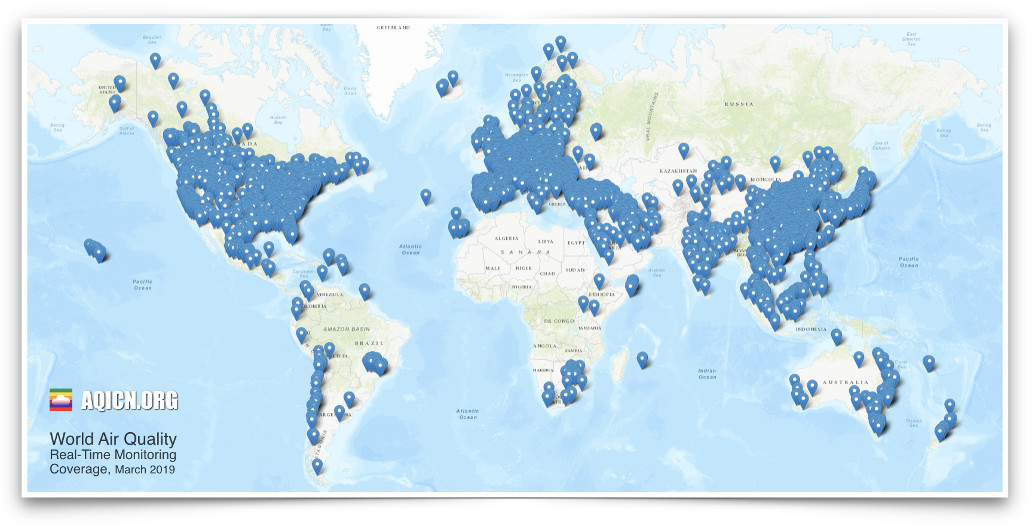
پروژه جهانی شاخص کیفیت هوا یک پروژه غیرانتفاعی است که در سال 2007 آغاز شده است. ماموریت آن ارتقاء آگاهی شهروندان در مورد آلودگی هوا و ارائه اطلاعات یکپارچه و جهانی کیفیت هوا است.
این پروژه اطلاعات شفاف کیفیت هوا را برای بیش از 130 کشور ارائه می دهد و بیش از 250000 ایستگاه پایش کیفیت هوا را در 2000 شهر بزرگ از طریق این دو وب سایت: aqicn.org و waqi.info پوشش می دهد.
تیم موسس از چندین مشارکت کننده در حوزه علوم محیطی، مهندسی سیستم، علم داده و همچنین طراحی بصری تشکیل شده است. این تیم در سراسر جهان با حامیان کلیدی جدید از چین، سنگاپور، هند، استرالیا و ایالات متحده در حال گسترش است.
این پروژه دارای هدف اجتماعی است. با این حال، علیرغم گسترش گسترده آن، هرگز هیچ بودجه عمومی دریافت نکرده است. درآمد ما، اساساً از تبلیغات آنلاین و همچنین ایستگاههای نظارت بر کیفیت هوا GAIA ، برای پوشش زیرساخت ابری و هزینه میزبانی استفاده میشود.
این پروژه به طور مداوم به دنبال حمایت از مشارکت کنندگان بیشتر است.
اکنون مشارکت های فعالی از بیش از 16179 شهروند از 138 کشورها دریافت کرده است


